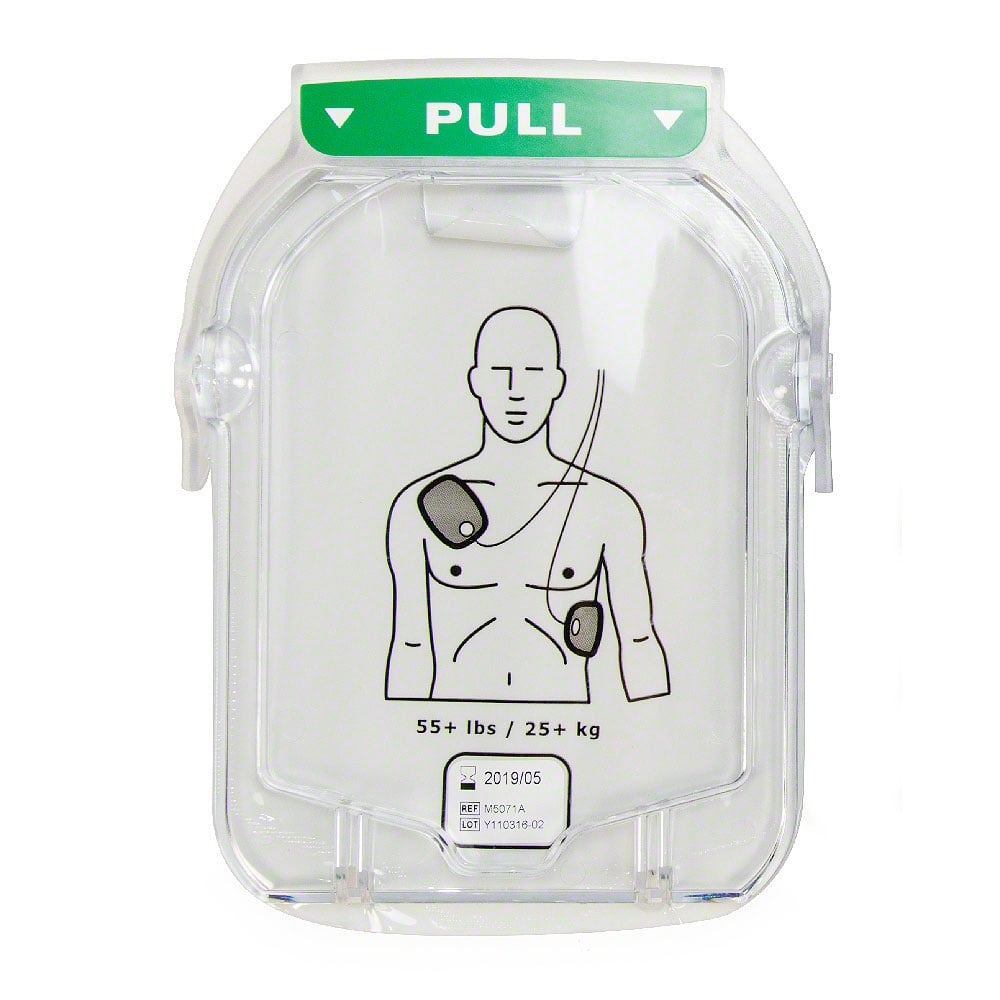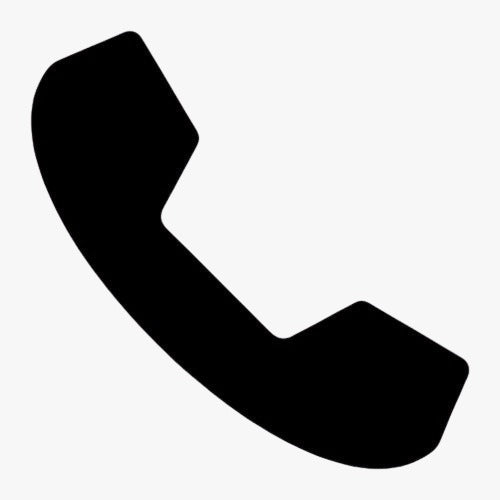You’ve made the critical decision to protect your community with an Automated External Defibrillator (AED). But the device itself is only one part of the equation. Where and how you store it can mean the difference between a life saved and a missed opportunity. When an on-site AED is accessible and used immediately, it can increase the survival rate from sudden cardiac arrest from a grim 10 percent to an incredible 50 to 74 percent. The right cabinet ensures your AED is protected, visible, and ready for that moment.
Choosing a cabinet can feel complicated with options ranging from basic boxes to models with alarms and lights. This guide simplifies the process by walking you through three key steps: assessing your environment, selecting the right security features, and ensuring full compliance. We’ll help you find the perfect solution for your school, office, or community center.
Step 1 assess your environment

The single most important factor in choosing an AED cabinet is its location. A cabinet that’s perfect for a quiet corporate office is entirely wrong for a noisy school gymnasium or an outdoor sports field. Before you look at features, first consider the space.
Quiet and secure environments
Think of a small business office, a church hall, or a home. These are typically low traffic, supervised areas where the risk of tampering or theft is minimal. In these settings, a basic, non-alarmed AED wall cabinet is often sufficient. Its main purpose is to keep the AED clean, protected, and in a predictable, visible location. The key is clear signage and ensuring everyone knows where the AED is installed.
Busy and public spaces
In locations like schools, community centers, fitness gyms, and retail stores, the environment is much more dynamic. With dozens or even hundreds of people passing by daily, you need to balance accessibility with security. An AED cabinet with an audible alarm is the ideal choice here. The alarm serves two critical functions:
-
Deters Tampering:
The loud sound discourages unauthorized access or vandalism. -
Alerts Responders:
When the door is opened, the alarm immediately signals that an emergency is underway, drawing the attention of nearby staff or bystanders who can assist.
Noisy and industrial areas
What about a factory floor, a loud warehouse, or a bustling school cafeteria? In these environments, an audible alarm might be drowned out by machinery or crowd noise. This is where a cabinet with both an audible alarm and a visual strobe light becomes essential. The flashing strobe provides a powerful visual cue that cuts through the noise, ensuring no one misses the alert. This dual notification system is critical for both signaling an emergency and meeting the needs of individuals who are hearing impaired.
Outdoor and exposed locations
For community pools, sports complexes, and park pavilions, you need to protect your AED from the elements. An outdoor AED cabinet is specifically designed to be weatherproof. These cabinets are often climate controlled with heaters and fans to keep the device and its batteries within the safe operating temperatures recommended by the manufacturer.
Step 2 choose your security and accessibility features
Once you’ve analyzed your environment, you can confidently select the features you need. This isn't about getting the most expensive option; it's about matching the cabinet to its surroundings for maximum effectiveness.
Basic cabinets for supervised areas
A standard, non-alarmed cabinet is a cost effective solution for controlled environments. It provides a designated home for your AED, ensuring it is easy to find. Paired with a simple AED wall sign, it creates a clear and visible emergency station.
Alarmed cabinets for public visibility
An audible alarm is the most popular feature for a reason. It turns the cabinet from a passive storage box into an active alert system. When the door is opened to retrieve the AED, the alarm immediately notifies everyone in the vicinity, clearing the way for the rescuer and calling others to help. This simple feature is a powerful tool for improving response times and deterring misuse in busy places like schools and public venues.
Alarm and strobe light for maximum awareness
In any environment where an audible alarm might not be heard, a strobe light is a non negotiable safety feature. The bright, flashing light is impossible to ignore, providing a critical visual signal during an emergency. This is the best choice for loud industrial settings and ensures your AED program is accessible to everyone, including those with hearing difficulties.
The right cabinet ensures your AED is secure, visible, and accessible. As you configure your Defibtech Lifeline AED Value Package or another one of our AED value packages, consider your environment to select the best cabinet option, from a basic model for secure offices to an alarmed, strobe lit cabinet for public spaces.
Step 3 ensure total compliance
Choosing the right features is important, but ensuring your installation is compliant with regulations is essential. Non compliance can create safety hazards and legal liability. Fortunately, following the guidelines is straightforward.
ADA compliance
The Americans with Disabilities Act (ADA) has specific rules to ensure that wall mounted objects do not pose a hazard to people with visual impairments. For AED cabinets, these rules are simple:
-
The cabinet must not protrude more than 4 inches from the wall. If your cabinet is deeper, it must be recessed into the wall to meet this requirement.
-
The highest operable part of the AED, typically the handle to open the cabinet door, must be no higher than 48 inches from the floor.

Following these two rules ensures your AED is accessible to all rescuers and safely installed. All cabinets offered by Response Ready are designed to help you meet these guidelines easily. Browse our full selection and equip your facility today.
NEMA ratings for outdoor cabinets
If you need an outdoor cabinet, you may see a NEMA rating. This is simply a standard from the National Electrical Manufacturers Association that indicates the level of protection against the elements. For AEDs, you will typically see two ratings:
-
NEMA 3R:
Protects against falling rain, sleet, snow, and external ice formation. This is suitable for most general outdoor locations. -
NEMA 4X:
Offers the same protection as 3R, plus protection against corrosion and hose directed water. This is necessary for coastal areas with salt spray or in locations where equipment is frequently washed down.
Understanding these simple requirements demystifies the selection process and empowers you to make a confident, compliant choice.
Your partner in preparedness
Choosing an AED cabinet is a crucial step in building a successful life saving program. By starting with your environment, you can easily determine whether a basic, alarmed, or alarm and strobe cabinet is the right fit. This ensures your investment is not only protected from theft and damage but is also highly visible and ready for an emergency.
If you have any questions or need a personalized recommendation for your space, our experts are here to help. Browse our complete collection of AED cabinets and storage solutions or contact us for one on one guidance.
Frequently asked questions
Q: How do I know if I need an alarm on my AED cabinet?
A: A good rule of thumb is to consider supervision and traffic. If the AED is in a busy, public, or unsupervised area like a school hallway, gym, or community center, an alarm is highly recommended. It deters tampering and alerts people that an emergency is happening. For a small, private office where the device is always in view, a basic non alarmed cabinet may be sufficient.
Q: What happens if my AED cabinet is not ADA compliant?
A: A non compliant cabinet can create a physical hazard for visually impaired individuals, leading to potential injury and legal liability for your organization. To be compliant, the cabinet cannot stick out more than 4 inches from the wall and its handle must be no more than 48 inches from the floor. Following these guidelines is simple and ensures safety for everyone.
Q: Are outdoor AED cabinets really necessary for places like sports fields?
A: Yes, absolutely. Standard indoor cabinets do not protect against moisture, dust, and extreme temperatures, all of which can damage the AED and cause its battery and pads to fail. A proper outdoor AED cabinet is weatherproof and climate controlled, ensuring the device is operational when you need it most.
Q: Can I lock my AED cabinet to prevent theft?
A: We strongly advise against locking an AED cabinet. The primary goal is immediate access during a life or death emergency, and a lock creates a critical delay. Alarmed cabinets are the best solution for deterring theft, as they draw immediate attention if someone opens the door without authorization. This provides security without sacrificing speed.






